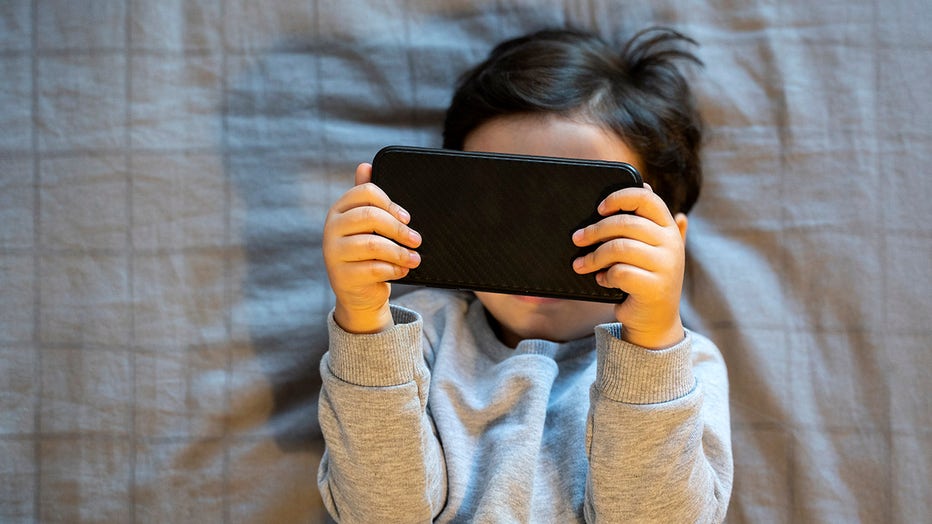Screen time for kids and teens: AAP updates guidelines for parents
The American Academy of Pediatrics (AAP) has updated its screen time guidelines for children and teenagers with its development of "The 5Cs of Media Use."
According to the organization, The 5 Cs, which stand for Child, Content, Calm, Crowding Out, and Communication, are a mnemonic that can be used to talk to parents about kids and screen time.
The AAP created a series of five age-based handouts to give to parents at well-child visits. Based on current research and evidence, the AAP said the handouts start by informing parents about their children’s developmental stages, how this influences media use, and healthy media habits to strive for at home.
"The 5 Cs are designed to meet kids, teens and parents where they are, build insight and communication skills, and motivate for healthy behavior change," the AAP wrote on its website detailing the new update.
Screen time for infants
According to the AAP’s handout, FaceTime, Skype, or other video chats can be beneficial to help build relationships between a child and their loved ones.

(File / ozgurdonmaz / iStock / Getty Images Plus)
They note that infants can’t otherwise learn much from screens at this age, so media such as cartoons or nursery rhyme videos are not recommended.
If a parent does put on any media for their infant, AAP suggests brief use of educational programs like "Sesame Street" or other "PBS Kids" shows, which are created with an understanding of child development. They suggested parents avoid prolonged television or YouTube viewing.
AAP notes that any screen time displaces the important building blocks of brain development. This includes speaking to your baby or others around them, back-and-forth play, singing, reading together, or building predictable daily routines that help a child feel safe and secure.
They suggest parents be mindful of how they use their smartphone or TV around their child and that parents have their own screen-free times, as well, to focus on their own well-being and their baby.
You can see the full infant screen time handout here.
Screen time for toddlers (2-4 years old)
For toddlers, AAP said research shows that educational programs like "Sesame Street," "Blue’s Clues," "Daniel Tiger’s Neighborhood" or other "PBS Kids" shows can teach toddlers facts, healthy behaviors and how to manage emotions.
They suggest that parents try to work these high-quality shows into their child’s viewing.
While a toddler may like media such as YouTube with cartoons or influencers, AAP suggests keeping this to a minimum, as it may have a lot of marketing or poor role modeling.
RELATED: Outdoor play could reduce negative impacts from screen time in young children, study finds
If the child does watch YouTube, the organization recommends parents make a playlist of high-quality videos and avoid apps or video games with aggressive content or in-app purchases.
AAP says to keep in mind that screens may crowd out playing, moving their body, running around outside, exploring nature, looking at books, and chatting with siblings and parents. All of these activities teach social and brain skills that help set toddlers up for success in preschool and kindergarten. Parents should set aside a little time each day to play, read, or get outside with their young child and should avoid letting their child have open-access to a tablet or phone.
You can read The 5 Cs handouts, which include guidelines for other age groups, here.
American Academy of Pediatrics screen time
In March, the AAP also updated its guidelines for where it stands when it comes to screen time.
They said they recommend "minimizing or eliminating media exposure," other than video chatting, for children under the age of 18 months.
For older preschool-age children, media limits are very appropriate. They suggest parents and loved ones have a strategy for managing electronic media to maximize their benefits.
Previously, the AAP recommended that babies younger than 18 months get no screen time at all.
The exception to this rule was video chatting with grandparents or other family members or friends, which is considered quality time interacting with others. The AAP also previously said toddlers 18 months to 24 months old could start to enjoy some screen time with a parent or caregiver, explaining that children this age can learn when an adult is there to reinforce lessons.
This story was reported from Los Angeles.

